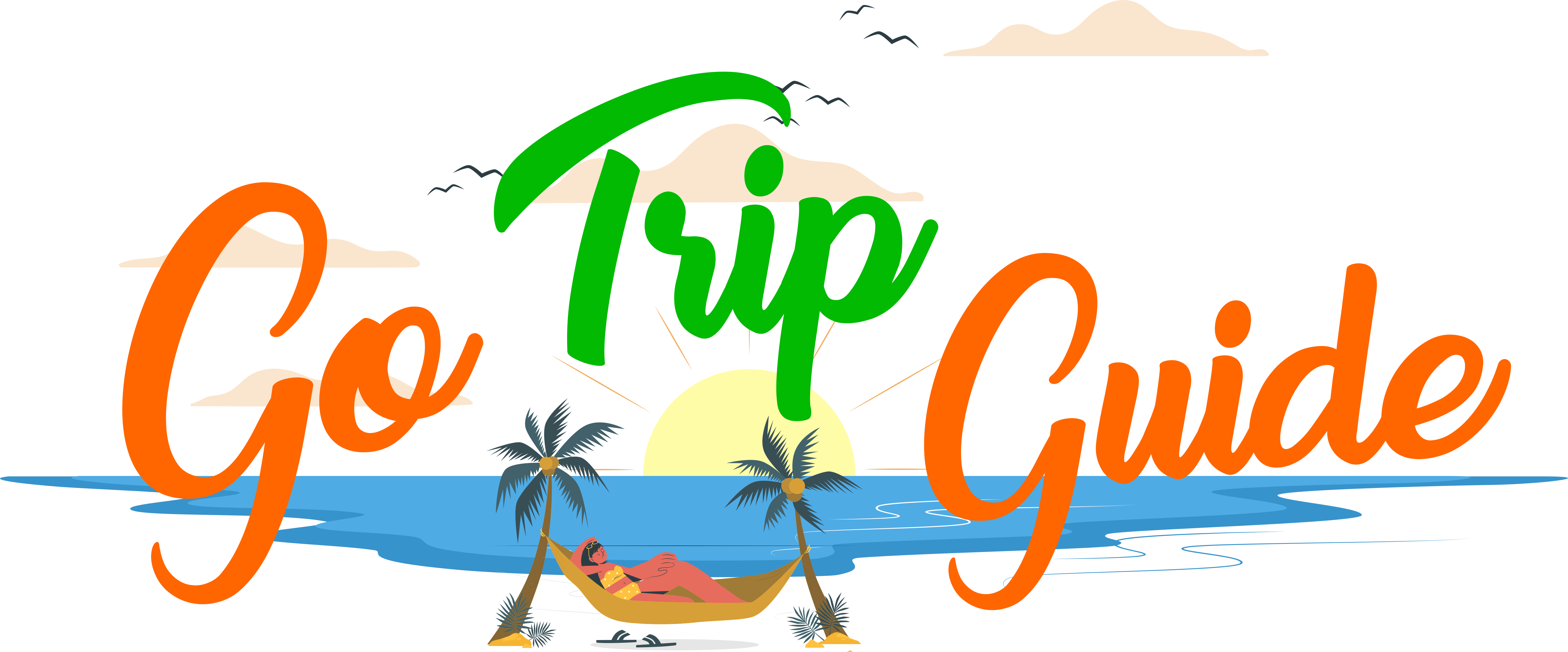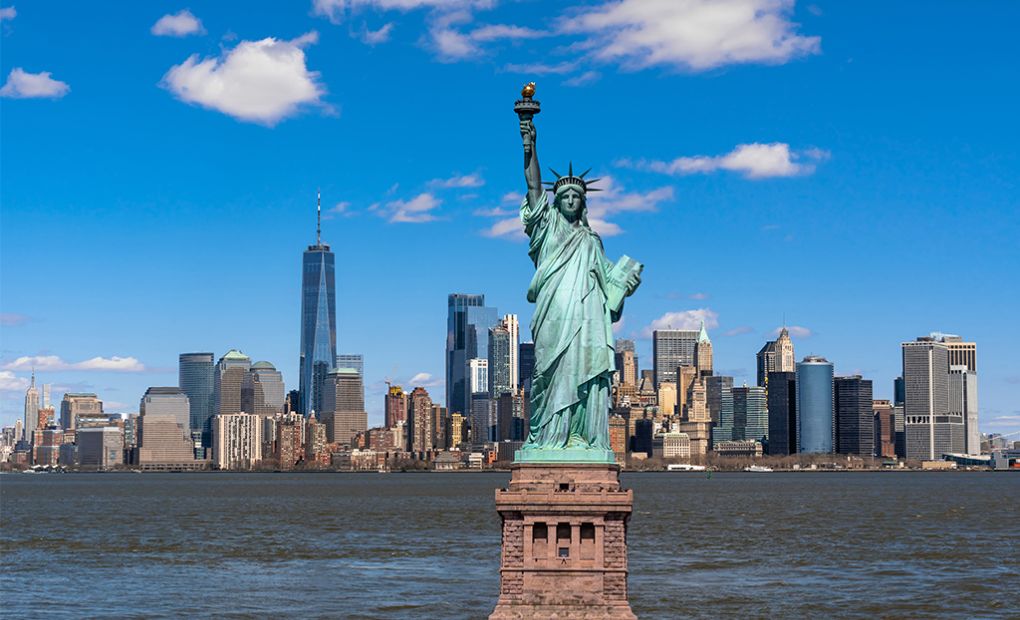Even among Americans, the United States of America is one of the most popular travel destinations in the world. The majority of Americans don’t even have passports, and the three busiest airports for domestic travel are LAX in California, JFK in New York, and MCO in Florida.
However, whether you’re a domestic or international traveler, there are a few restrictions in the United States that baffle even the most experienced tourists. Keep this checklist close by before your trip. Utilize our best advice to get informed before your trip.
Keep in Mind Before you Fly
1- Check Out Your Passport Validity
Most visitors who are going to the USA must have a passport that is valid for at least six months. Some nationals simply require a passport that is valid for the duration of their trip, nevertheless. To find out the rules that apply to you, visit the government website for the nation where you currently reside.
2- Know your Visa Situation
It’s critical for visitors to the US to understand what is needed to enter the nation. Through the Visa Waiver Program (VWP), citizens of a select group of nations are able to travel or visit the US for up to 90 days without a visa. If you are eligible for entry under the VWP, you must apply for authorization through the Electronic System for Travel Authorization (ESTA) before leaving the country.
Having an e-passport, being a citizen of a nation that is a member, having the ESTA authorization, traveling for business, leisure, or transit, and remaining in the US for no longer than 90 days are prerequisites for travel under the VWP. If you don’t get permission to fly at least 72 hours before your trip, you won’t be allowed to board, and your ESTA is only good for two years after that.
Visit the US Customs and Border Protection ESTA website to learn more about the ESTA member nations and to view the complete list of requirements. ESTA applications are $14 per, and they can be submitted and paid for online. It’s important to note that credit cards are required for payment. If you don’t qualify for the VWP—for instance, because your trip will last longer than 90 days, you’re a student, or you’re a national of a non-member nation—you must obtain a visa in order to enter the US.
3- Buy a TSA-approved lock
What better method to have confidence that your goods are safe until you wave them off at check in? Locking your luggage is an excellent idea when traveling. However, for safety and security reasons, the Transportation Security Administration (TSA) imposes strict baggage regulations when traveling domestically. All checked luggage are reviewed, and the TSA inspectors have the right to break locks and open bags if they feel like they need to be physically inspected. Your luggage will be marked with a notice informing you of the situation. Use a TSA-approved lock whenever possible to prevent losing one. The TSA agent doesn’t need to break yours because these can be opened with a master key.
4- Check out Rules About Transit
There is technically no such thing as a “transit” in America because all passengers must exit and go through immigration and customs. This is especially true of flights to Canada or South America, which often transit via the US. Remember that even if you only plan to stay in the United States for a few hours in between overseas flights and your luggage will be sent on to your final destination, you must still meet the visa requirements for the country.
It’s crucial to keep in mind that clearing customs and immigration will be your initial port of entry, even if you’re connecting to a domestic US airline. In order to allow for immigration, customs, and luggage rechecking, you should allot at least two to three hours between flights (whether you are traveling internationally or domestically). In order to ensure that they are aware of your transit, try to book flights with just one airline.
5- Book your Airport Transfer
A transfer is a terrific way to go from the airport to your destination whether you are traveling domestically or internationally to the US. It doesn’t take long for visitors to the US to realize that this is a car-dependent nation as 95% of American homes have at least one vehicle. The best way to reach where you need to go after landing in the US is by airport transfer because the public transportation system is frequently underdeveloped and the roads can be congested, challenging to manage, and intimidating to a visitor.
6- Turn off Your Data
Avoid the usual mistake of using your mobile phone’s data while in the US if you’re an overseas visitor, unless your mobile plan permits it. Mobile phone roaming costs are exorbitant while visiting any foreign country. Take use of free WiFi wherever you can, or see if you can add a data bundle for international travel to your cell phone plan.
7- Recognize Proper Tipping Behavior
For visitors to the US, tipping is a notorious minefield—it’s the age-old “do I, don’t I, is it already included?” conundrum. Although it is strictly optional, a 15-20% tip is generally accepted in restaurants. The cause? Because the US has a low minimum wage, tips are a significant source of revenue for many workers. It’s wise to stock up on dollar bills so you have them on hand for tips. Tips are common in other service and hospitality industries as well, such as for bartenders ($1-2 per drink), housekeepers ($1-5 per night), concierge (depending on the difficulty of your request), valets ($1-5 each time the valet brings your car), hotel porters ($1-2 per bag), doormen (a few dollars if s/he helps you get a cab), and taxi drivers (10-15%). However, while dining out, always sure to check your bill twice before adding a tip because some establishments do it by default. You must write the tip amount you’re leaving on the credit card receipt and add it to the total if you’re paying with a credit card.

Your shuttle or transfer driver is also eligible for a tip. If there isn’t already a service charge included, tipping between 10% and 15% is generally accepted for private transfers. For shared shuttle drivers, the going rate is $2 to $3 per passenger.
8- Be Ready to Pay More Than You Expected
When it comes to costs, what you see may not always be what you receive. In the United States, the majority of prices are displayed without sales tax, therefore the price tags you see won’t have sales tax. When you get to the register, be prepared to be asked for more money than you anticipated. Prices vary depending on where you are travelling because different states and cities have different tax rates. It is simple to compute and would be safe to assume a 10% increment, if overly carefully. When vacationing at a resort, it pays to be aware that you’ll typically be required to pay a resort fee to cover amenities like tennis courts, internet access, and other ‘extras’ that are charged in addition to the quoted rate.
General Advice:
No more than one day before your trip to the US, get a COVID-19 virus test (regardless of citizenship or vaccination status), and be prepared to present your negative results to the airline before taking off. You may find the necessary testing and documentation requirements here.
Be prepared to provide evidence of your COVID-19 vaccine. You can fill out a quiz to see if your vaccination status is acceptable here.
When indoors, keep a well-fitted mask over your mouth and nose, and try to keep a distance of six feet from other people. Updates to the policy and exclusions are described here.
Quick tips:
- In the US, the emergency number is 911.
- Prior to your trip, make sure you have travel and health insurance because the expense of healthcare in this country is among the highest in the world.
- Only a few nations, including the US, continue to operate under the Imperial system. Consider therefore your height in feet, your distance in miles, your temperature in Fahrenheit, and your weight in pounds.
- The most common forms of payment are credit and bank cards. Before leaving on any trip, even one within the country, call your bank to let them know you’ll be using a credit card.
- There are six time zones in the US, so be sure to research them before booking your flights and airport transfers.
- The US has some of the best national and state parks in the world, so take full advantage of them.

